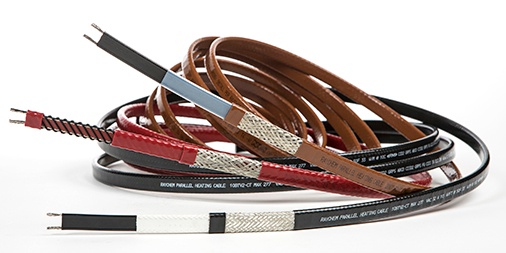Self-regulating heating cables are the preferred choice for many complex pipe-tracing projects due to their ingenious technology and ability to be used in hazardous and dangerous environments. Self-regulating heating cables are able to adapt their heat output dependent on ambient temperature and will only provide heat when and where it is needed.
This video shows exactly how the self-regulating technology works:
Even though self-regulating heating cables are able to adjust the amount of heat that they produce on their own, heat tracing controllers help optimize system performance.
Heat Tracing controllers help control and monitor electrical heat tracing processes for all types of heat tracing applications, from pipe freeze protection to floor heating, and from roof and gutter de-icing to process temperature maintenance. Controllers can be set up to monitor the operations and alarm for high and low temperature, high and low current, ground fault level and voltage among other things. Heat Tracing controllers also allow for users to configure and administer from one central location, with useful monitoring data being provided by the controller to help optimize the system once in use.
Perhaps the greatest benefit of using controllers in addition to self-regulating cables is for greater energy savings. Proportional Ambient Sensing Control (PASC) enabled controllers provide significant energy savings during the winter when ambient temperatures fall below the freezing point. The PASC thermostat is able to monitor this and subsequently duty cycle the heating cable to ensure optimal energy management, which in turn helps save on costs as well.


